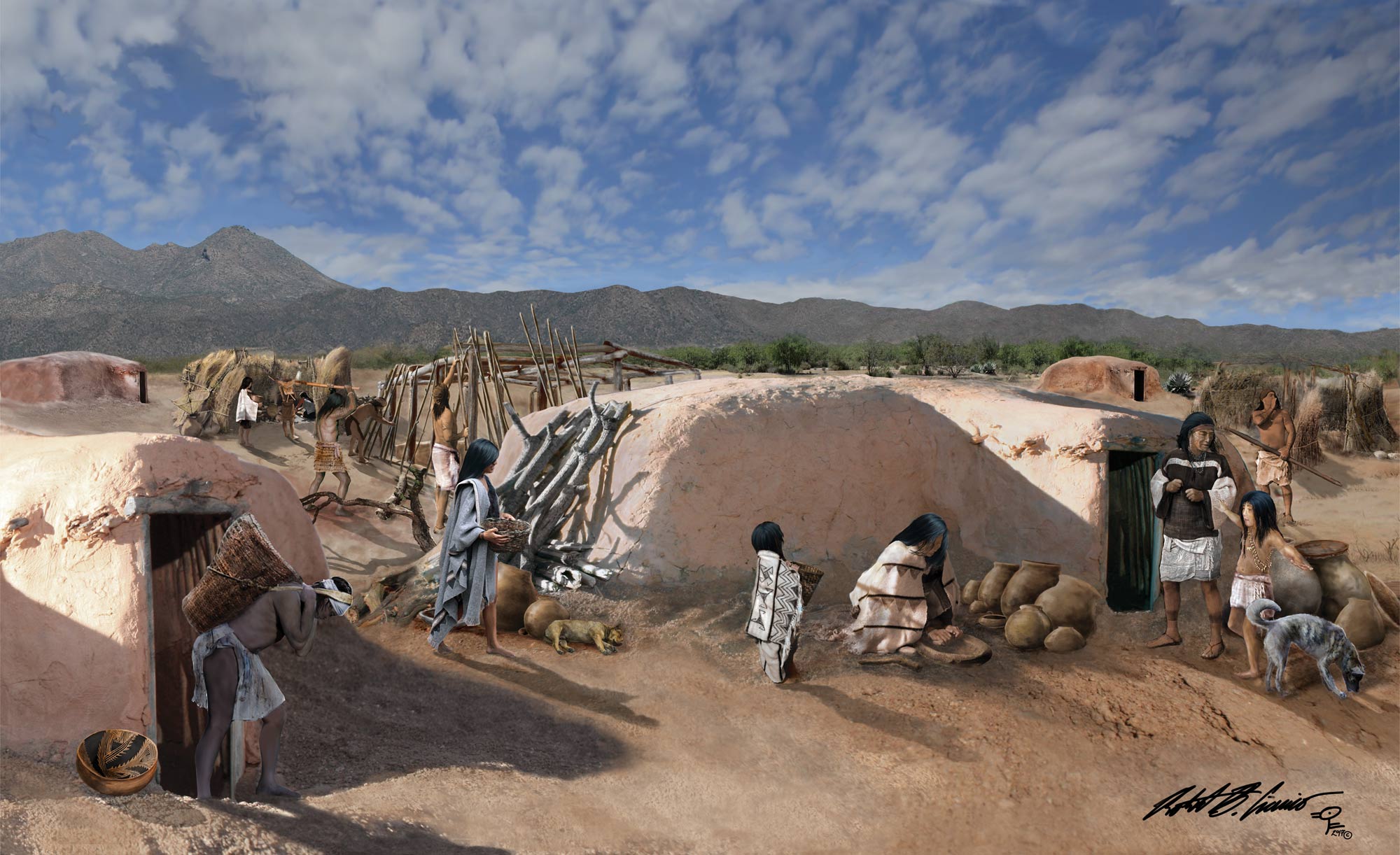

The Hohokam held large community gatherings at ballcourts and temple mounds. Infant mortality was high, with perhaps one out of every four children dying before their first birthday. While some in the communities had medical knowledge and offered traditional cures, treatments were not available for many maladies. Planting and harvest times would require the efforts of the entire community.ĭisease was a significant problem for pre-industrial people. They had to protect crops from rabbits, birds and other marauders.

Farmers had to maintain the fields and open and close the irrigation gates at the proper time. The canals required the organization and labor of thousands of people to build, maintain and operate. Life for the Hohokam focused, in large extent, on agriculture and growing crops. Mural in the Arizona Museum of Natural History of the Rowley Site, near Park of the Canals in Mesa, c. Irrigating up to 110,000 acres by AD 1300, the Hohokam irrigation systems supported the largest population in the prehistoric Southwest. The Arizona Museum of Natural History discovered a prehistoric canal at the north end of Dobson Road that measured 15 feet deep and 45 feet wide. The canals were perfectly laid out on the landscape to achieve a downhill drop (or gradient) of 1 to 2 feet per mile. To meet their needs, the Hohokam engineered the largest and most sophisticated irrigation system in the Americas. In the arid desert environment of the Salt and Gila River Valleys, the homeland of the Hohokam, there was not enough rainfall to grow crops. The Hohokam were the only culture in North America to rely on irrigation canals to supply water to their crops. O'odham water control gate in historic period irrigation canal. Omar Turney map of 1929 showing prehistoric irrigation canals north and south of the Salt River in the Phoenix area.Ĭarla Booker and Alexandra Howard recording a prehistoric canal exposed in a trench at the Riverview development in Mesa. This group might have occupied southern Arizona as early as 2000 BC! Originating as archaic hunters and gatherers who lived on wild plants and animals, these peoples settled in permanent communities and produced their own food instead of living a more mobile life and gathering what nature provided. Called the Early Agricultural Period, this early group grew corn, lived in sedentary villages all year round and developed sophisticated irrigation canals. Archaeologists identified a culture and people that were ancestors of the Hohokam. In the 1990s, a major archaeological dig along the Santa Cruz River in Tucson resulted in a startling discovery. Early archaeologists proposed that Hohokam culture developed in Mexico and moved into what is now Arizona. Where did Hohokam culture come from? To the first scientists who asked this question, the Hohokam seemed to appear in Arizona quite suddenly with the ability to build sophisticated irrigation system to water their crops.


 0 kommentar(er)
0 kommentar(er)
